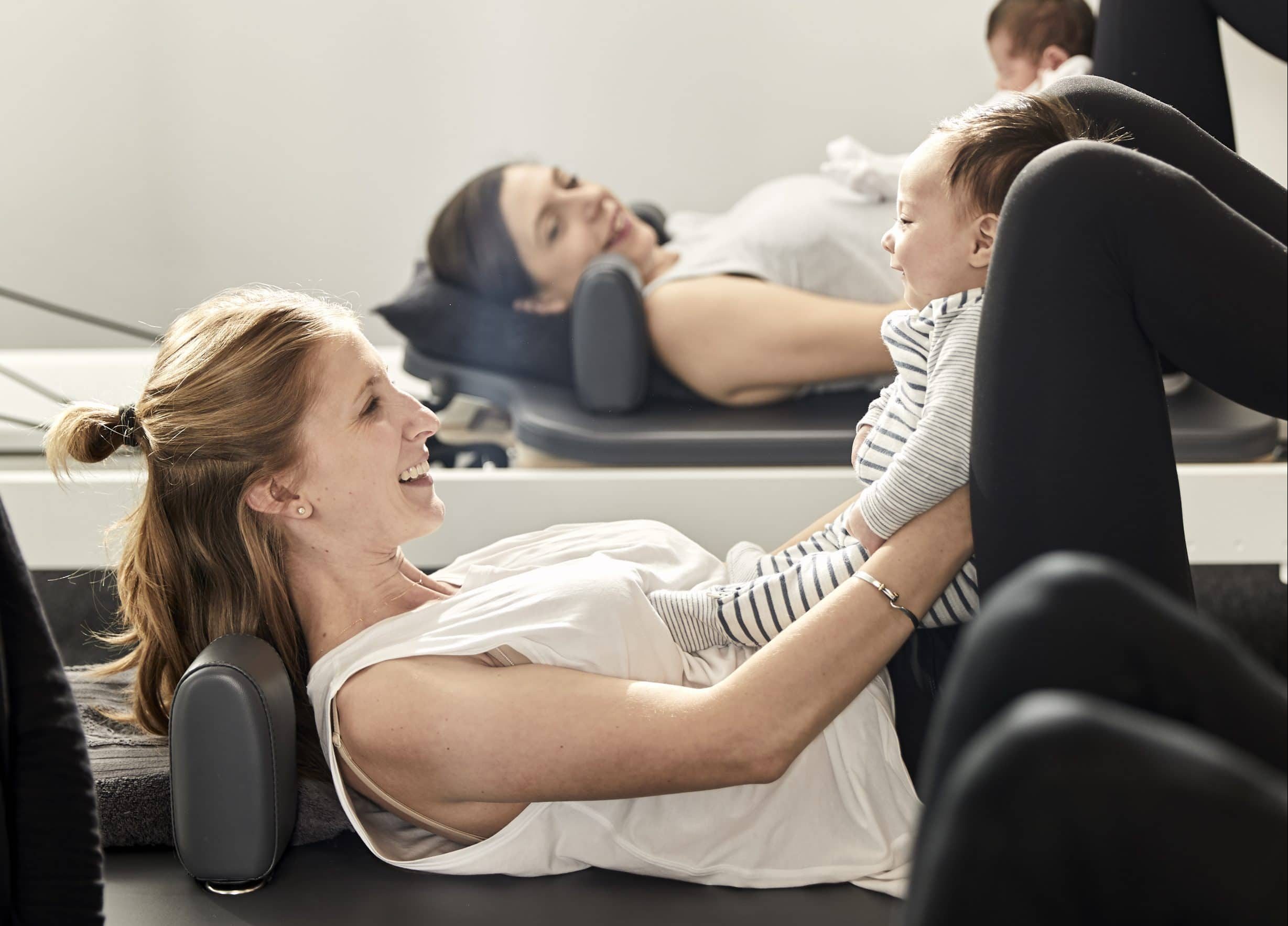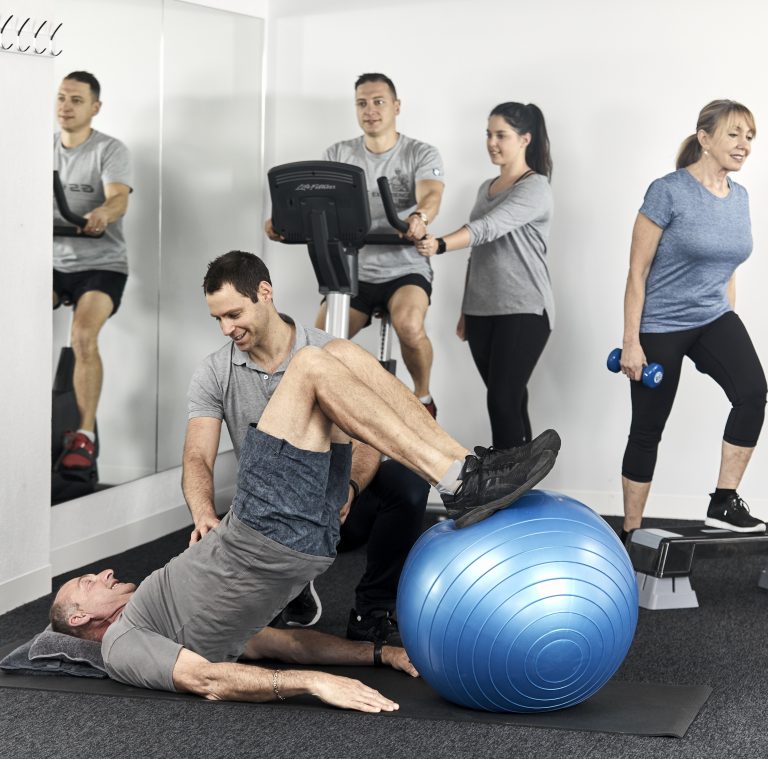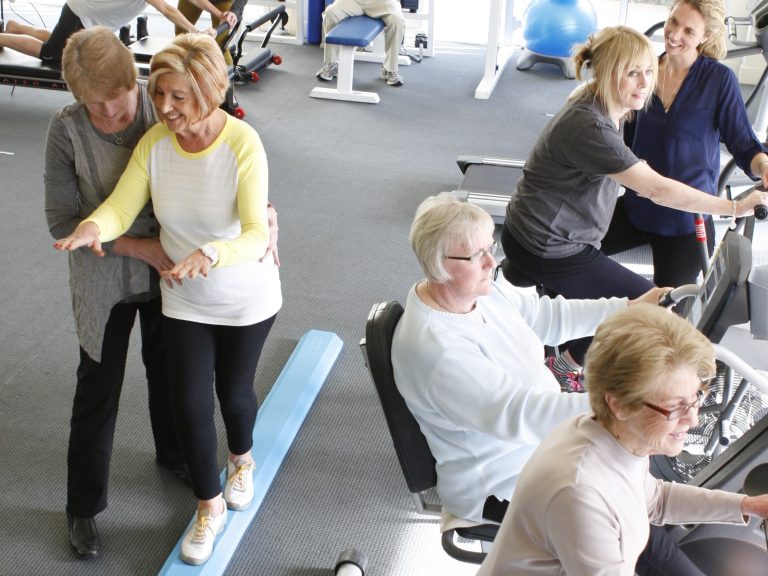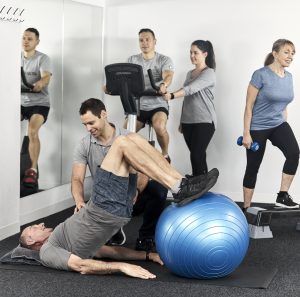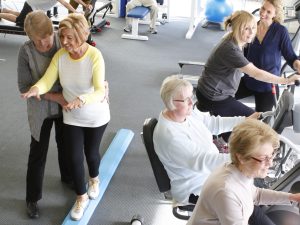Benefits of exercise during pregnancy:
Research shows that there are so many health benefits for mother and baby for exercising during pregnancy.
- In mothers evidence proves that there is reduction of pre-eclampsia and gestational diabetes, gestational hypertension, reduced risk of C-section, shorter second stage of labour if active.
- Prenatal muscle training showed 50% reduction in prenatal urinary incontinence and 35% post-natal urinary incontinence.
- Reduction in excess gestational weight gain, depression and lumbopelvic pain.
- Improved mental well being and body image.
- Reduces pelvic and low back pain.
- Postnatal gains: increase chance of returning to running if you are running during pregnancy.
- Postnatal recovery is quicker if you are active during pregnancy.
In the absence of contraindications, physical exercise at a moderate intensity, have no obvious connection with miscarriage , preterm birth still birth, neonatal hypoglascemia, induction of labour, birth compilations and low birth weight.
Exercise should be a first line therapy for reducing risk of pregnancy complications.
Key Recommendations:
- Uncomplicated pregnancies should be encouraged to engage in aerobic and strength and conditioning exercises before, during and after pregnancy.
- A thorough clinical exam should be performed prior to recommending the exercise program.
- Exercise in pregnancy is associated with minimal risk and have been shown to reduce risk of pregnancy complications
- 150 mins of moderate intensity min 3 days per week
- Variety of exercise – walking/aerobic/swimming/yoga/strength training/pelvic floor exercises
Common symptoms during pregnancy:
- Pelvic floor dysfunction: presence of urinary incontinence or fecal incontinence,
- Urinary/fecal urgency
- Heaviness/pressure/bulge/dragging in pelvic area
- Pain with intercourse
- Pelvic organ prolapse, sensory or emptying abnormalities of lower urinary tract, defacation dysfunction, sexual dysfunction and pelvic floor pain syndromes.
Pelvic floor muscle along with ligaments and fascia, offer structure and support – prevent the above symptoms.
Frequently asked questions:
Frequency and duration of exercise?
- 150 mins over 3+ days
- Moderate physical activity – 40-50% heart rate reverse (approx :125-146 BPM) and you are able to maintain a conversation while exercising
- It is also important to listen to your body and take a rest when needed.
Previously inactive women are encouraged to start physical activity at a lower intensity and increase intensity and duration as their pregnancy progresses.
Can I lie on my back?
Maintaining supine position during exercise after 20 weeks of pregnancy may result in hypertension and reduced blood flow to the fetus. This is due to the uterus being known to compress the inferior vena cava. Symptoms may be lightheadedness, nausea and feeling unwell. If you are experiencing any symptoms – modify the exercise from the supine position.
To reduce the potential risk after 20 weeks it is recommended to do the exercises in side lying/standing/sitting. Again listen to your body – if you feel unwell- adjust the position.
Pelvic floor exercises?
30 % of women aren’t able to contract their pelvic floor correctly at their initial consultation. Therefore, thorough instruction on how to correctly and efficiently contract the pelvic floor muscles by a women’s health physio is highly recommended.
Benefits of correctly contracting the pelvic floor:
- Help the body cope with the growing weight of the baby.
- There is a 29% lower risk of urinary incontinence 6 months after pregnancy.
- Reduces the length of the first or second stage of labor.
When to stop exercising?
- Persistent shortness of breath that doesn’t resolve after rest.
- Persistent chest pain
- Regular and painful uterine contractions
- Vaginal bleeding
- Persistent loss of fluid from the vagina (indication rupture of membranes)
- Persistent dizziness/faintness that doesn’t resolve at rest
Exercise Postpartum:
Benefits of exercising postpartum:
- Cardiovascular benefits
- Strength and conditioning benefits
- Psychological benefits
- Self identity during the transitional phase
- Ramifications for overall health and wellbeing (for mother and child – child exposed to exercise)
Returning to running postpartum:
| Weeks postnatal | Examples of exercises |
| 0-2 weeks | Pelvic floor muscle strength & endurance, basic core exercises e.g pelvic tilts, walking |
| 2-4 weeks | Progress walking, pelvic floor/core rehab, introduce squat, bridging, lunges (in line with day-day requirements |
| 4-6 weeks | Low impact static cycling |
| 6-8 weeks | Power walking, increase low impact exercise, add deadlift, add resistance to lower limb and core |
| 8-12 weeks | Introduce swimming, spinning |
| 12 weeks and beyond | Graded return to running ( running with buggy not advised until at least 6 months postnatal, goal specific, modify according to signs and symptoms |
Emma Brockwell and Gráinne Donnelly
Cautions and relative Contraindications to exercising postpartum:
- Intra-postpartum or postpartum haemorrhage
- Postpartum sepsis
- Medically complex pregnancy/delivery for the mother
- Traumatic delivery (c-section/vaginal). Trauma can be both physical or psychological.
- Postpartum thyroiditis
- Obesity
Symptoms of pelvic floor dysfunction:
- Leaking from bladder or bowel
- Heaviness , pressure or bulge in vaginal area
- Pain in lumbopelvic or saddle region

